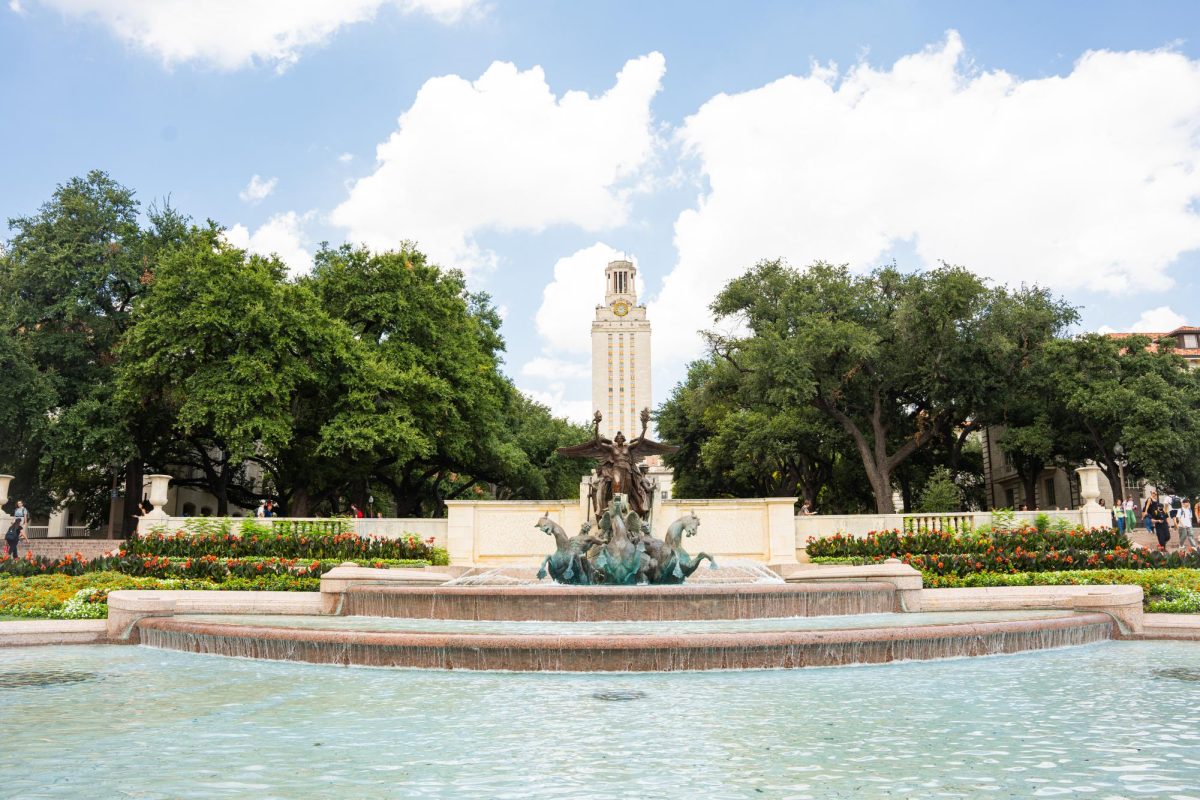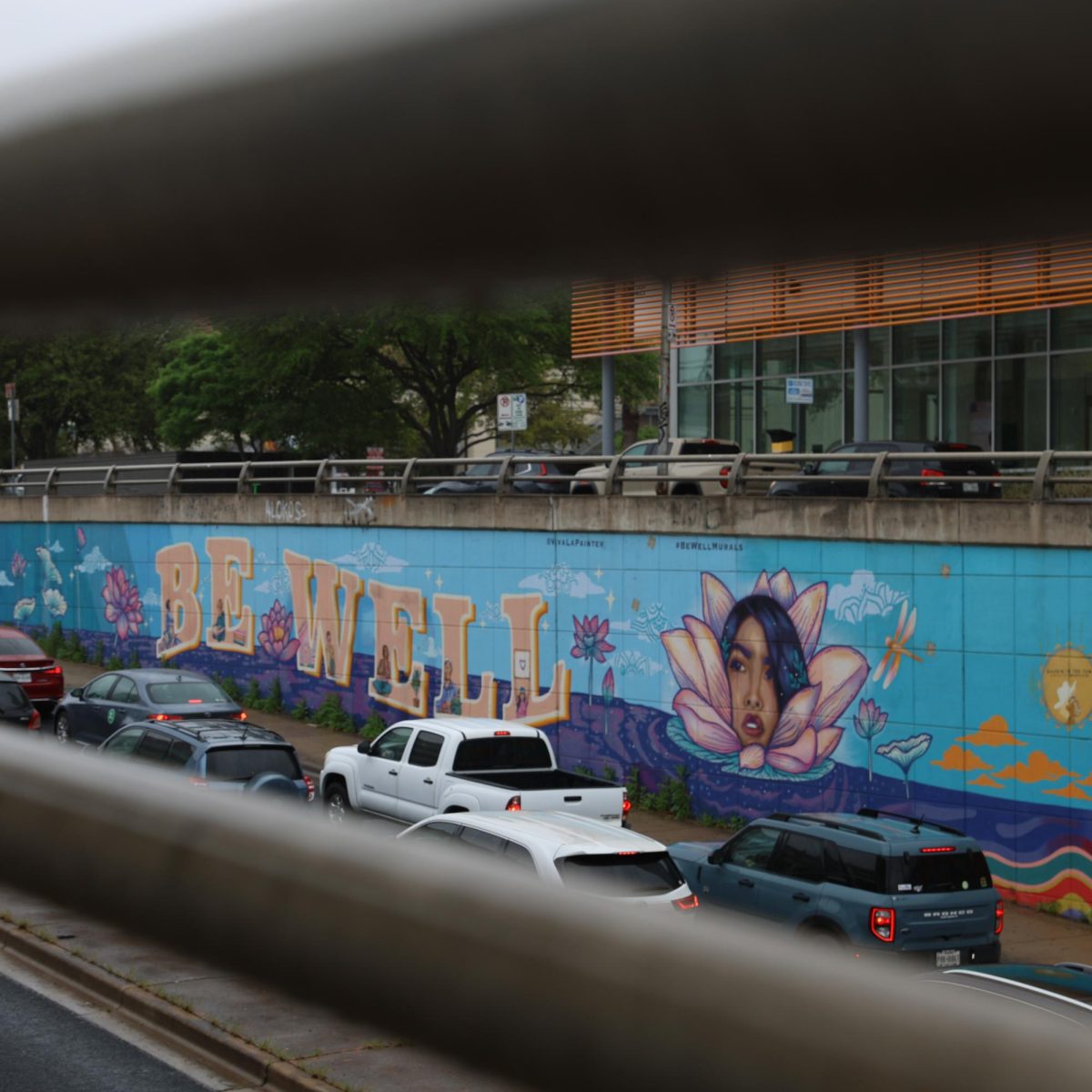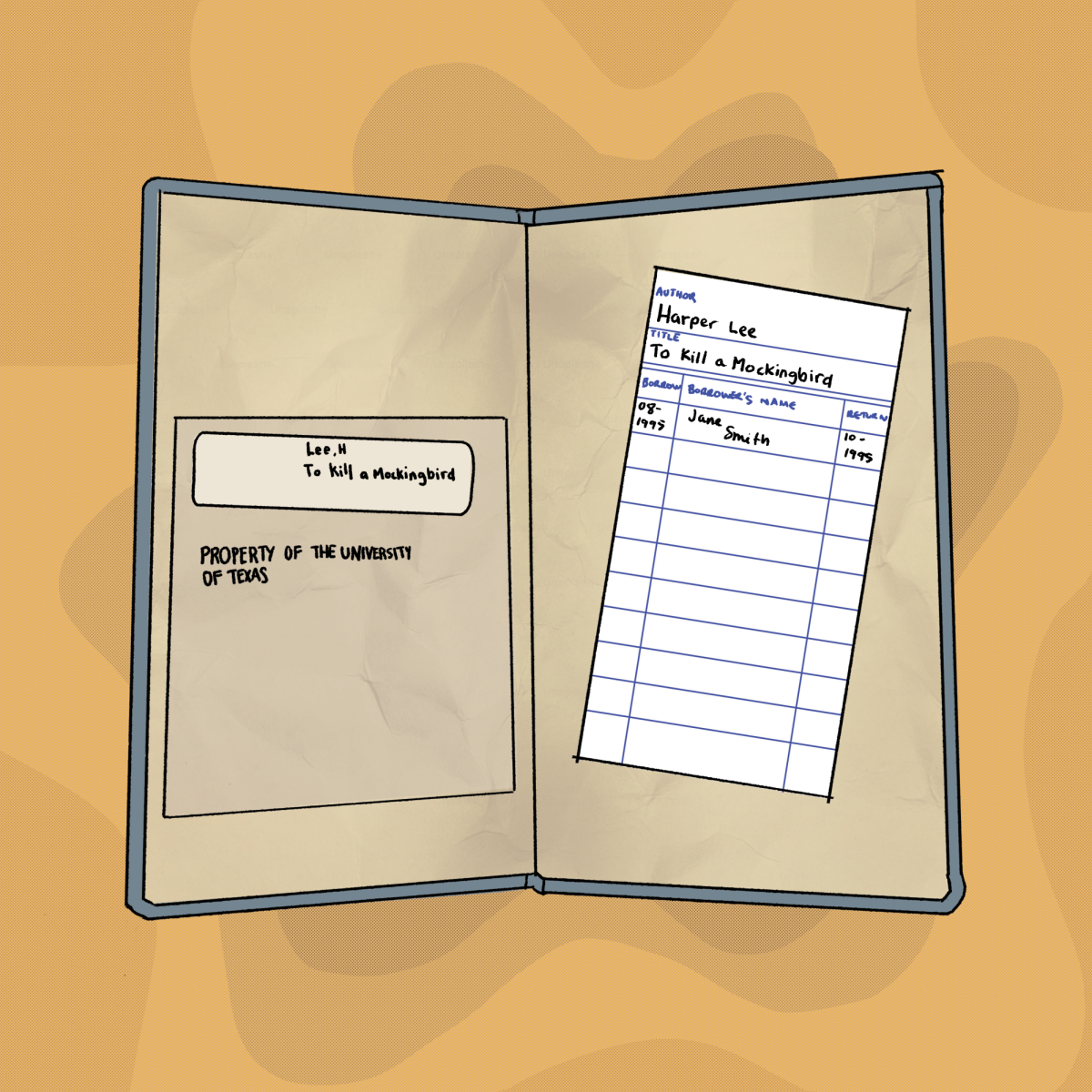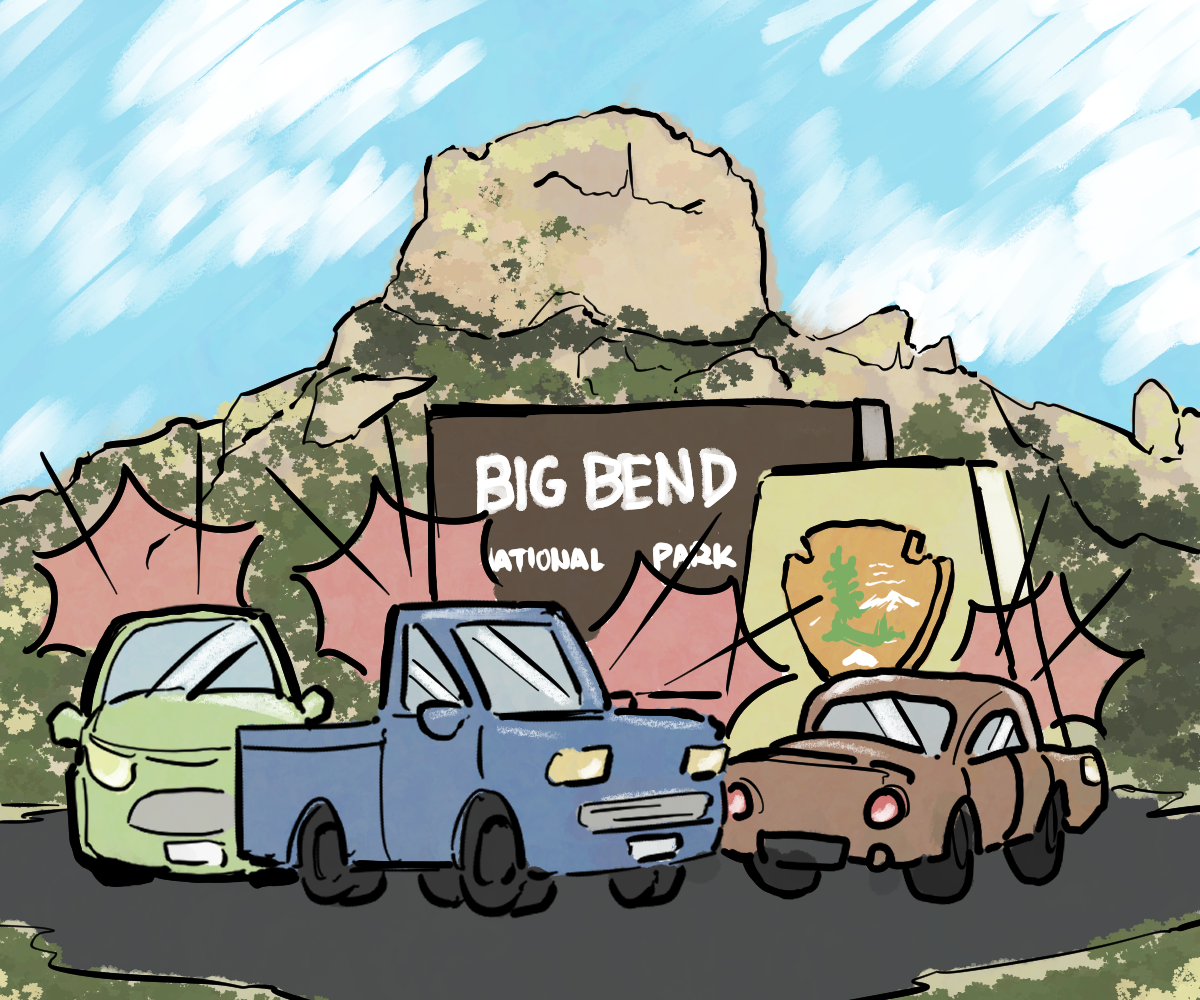In mid-August, the city of Austin announced its move into Stage 2 water restrictions, including water accessibility and use limits because of extreme drought conditions dropping water levels in Austin-area lakes.
The restrictions include limiting irrigation and hose-watering to once a week, requiring restaurants to wait for customers to request water rather than serving it automatically and prohibiting large ornamental fountains, like the Littlefield Fountain, from running. At the University, staff, faculty and students, like human ecology senior Keziah Bejo, are concerned about their ability to access water, especially during the Texas heat.
“I grew up in hot places like South Texas,” Bejo said. “I lived in the Philippines for a bit, so I’m used to the heat. I don’t know why Texas heat is just a different type of heat. It’s just been hard, … walking to class is a pain.”
According to the National Weather Service, Austin’s summers are “long and hot,” with the usual highs being in the upper 90s. However, KVUE reported in August that Texas has experienced a record-breaking 45 days in a row spent at or above 100 degrees. With this prolonged heat at the beginning of the University’s semester, students are more likely to experience heat exhaustion and dehydration, according to University Health Services.
A University spokesperson said in an email statement that as a state agency, UT is exempt from “municipal regulations,” though it does follow the city’s guidance when it comes to water-use restrictions during droughts. Because of this, the University is limited in what water resources it can offer to students during this hot weather.
“Occasionally during special events, for example during ceremonies, the University does allow fountains to operate. Unless requested for special events, fountain water features are turned off during drought restrictions,” the spokesperson said. “All of the University’s fountains operate on a closed loop system, meaning all water is reused, minus evaporation and spillage.”
The spokesperson said the University rents water tanks for students to refill water bottles for free during events but does not have them year-round. Instead, students are only able to refill bottles at public drinking water fountains or can purchase water at the varying food vendors across campus.
“For RecSports events, regardless of whether we have (water tanks) or not, we typically incorporate language around bringing a water bottle to stay hydrated,” the spokesperson said. “Like many facilities on campus, RecSports has water filling stations at all our facilities for participants to use.”
On their Longhorns Under the Sun information page, UHS recommends spending as much time as possible indoors and scheduling outdoor activities during the late afternoon and early morning when the sun isn’t as strong. They also said staying hydrated, applying sunscreen and seeking shade can make a difference.
“It’s just hard because even if you’re drinking a lot, you’re sweating it all out,” Bejo said. “(Luckily), UT has a lot of areas where you could refill your water bottles.”
At this time, the city has not released any new guidelines concerning water usage and is still under Stage 2 restrictions.




















